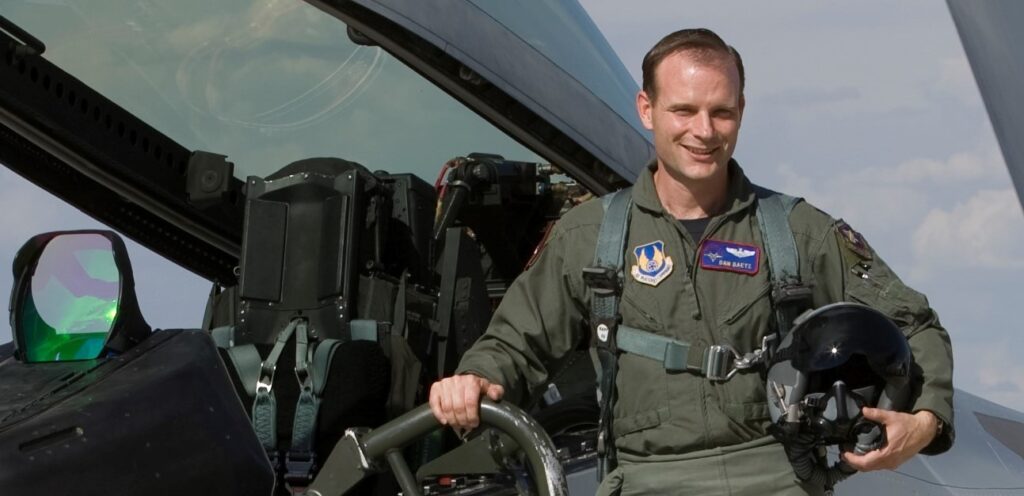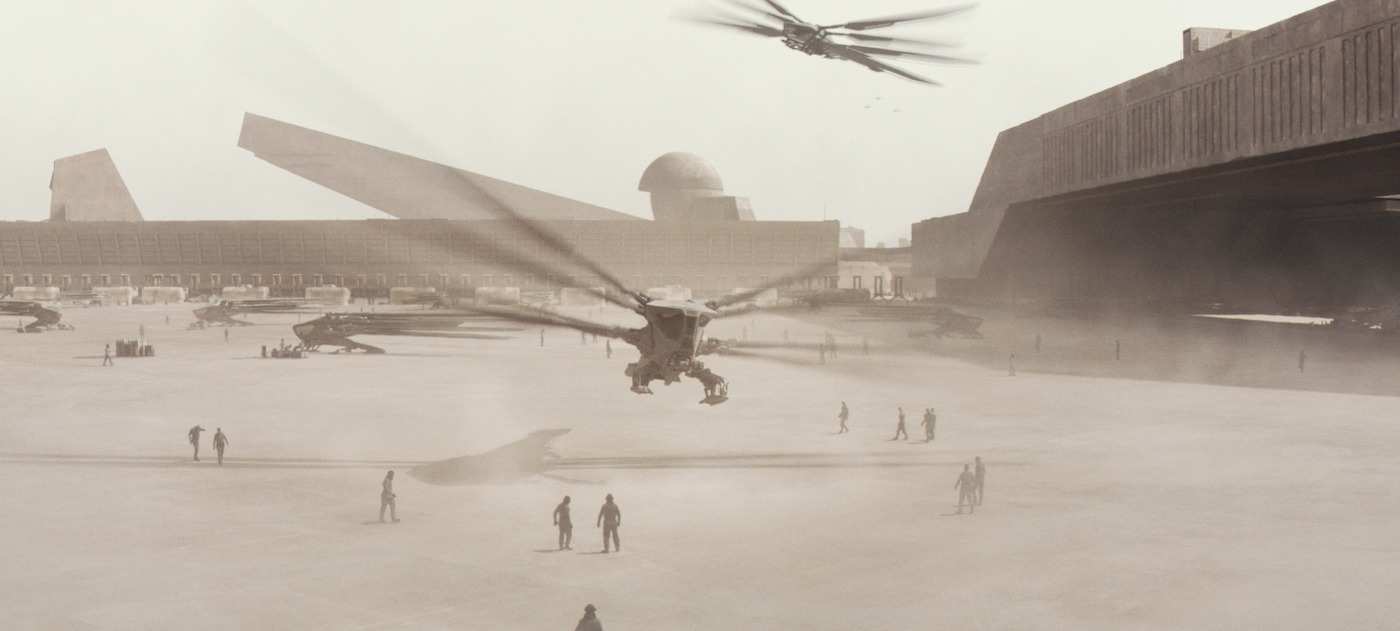How realistic is the flying in the recent Dune movies?
As a reader of Dune and its sequels, I truly enjoyed seeing Frank Herbert’s saga on the big screen. (We won’t count the horrid 1984 film version…)
As an experienced fighter pilot and test pilot, I’m always interested in how Hollywood portrays aviation. Especially if the film leans toward hard science fiction (as in Dune) rather than more fantastical space opera (Star Wars).
So how did they do with Dune?
Let’s start with the ‘thopters.
The ornithopters are just plain cool!
They have that tough-enough-to-withstand-anything look. Coriolis storms with 700 kilometer-per-hour winds? No problem. Bullets? These armored sky-chariots would make the Cybertruck look like a toy wrapped in aluminum foil.
Then you have those synchronized blades—like a mutant dragonfly with a double-stack of wings. Just the thrumming sound of those ‘thopter wings was worth the price of a movie ticket.

And the feather-back to dive maneuver? Awesome! Put that in a theme park ride…
(By the way, the screenshots here are of the Atreides model—the Harkonnens have a bulkier variant with only six wings.)

OK…but would a ‘thopter actually fly?
That depends.
As a fixed-wing airplane—like when Paul Atreides glides their damaged ‘thopter through the dust storm? Sure. Would such a heavily-armored beast glide well? Absolutely not. Think the Space Shuttle’s subsonic glide ratio of 4.5:1.
Even with jet engines for forward propulsion in a fixed-wing mode, the ‘thopter wouldn’t win any award for fuel efficiency.
And where does it store its fuel? With that rear ramp and slender fuselage, only the long tail seems to have much space for fuel tanks. And putting all your fuel there would lead to stability problems due to the center-of-gravity being too far aft.
Dune fandom solves this problem by suggesting the ‘thopter is powered by the giant Heart Scallop. Yes, a mollusk. I’m not making this up (but kudos to the creative thinker who did). And these big scallops gobble Arrakis dust for breakfast like a blue whale sucks in krill.
Fine. So let’s assume fuel-free mollusk power for a moment.
What about those massive, flapping ‘thopter blades? How would you like to stake your life on the special material in those babies—let’s call it unobtanium—when every flight is an accelerated fatigue test?
If ‘thopter wings beat 200 times per second (equivalent to a bumblebee), then for every flight hour, each blade would accumulate over 700,000 flex cycles. If that ‘thopter flew just an hour per day, in one year those blades would go through over 260 million cycles. While flying through an abrasive atmosphere.
Better get ready for a rough landing, worm-bait…
Finally, there are the aerodynamics. Dragonflies rely on laminar (smooth) flow across their tiny flapping wings that generates strong vortices for lift. But larger bodies (whether birds or aircraft) generate turbulent flow when they flap, which increases drag and may or may not help lift. This is why birds flap their wings more slowly than dragonflies—and they do so primarily for thrust, not lift (which is driven by their wing shape).
(For you super-technical types, the laminar vs. turbulent distinction is a function of Reynolds number —a ratio between the inertial properties of a fluid and its viscosity.)
In short, a large craft like an ornithopter couldn’t flap itself into the sky (although it might flap itself apart)…
Are ‘thopters cool? Absolutely. Realistic? Sorry, Muad’Dib…
Which makes me wonder—with all those interstellar ships that can float in for a soft touchdown—why wasn’t that amazing anti-gravity tech used to make a fighter that could float? (I’m thinking of you, Brandon Sanderson, and your Skyward series…)
Stay tuned for the next installment of Is the flying in Dune realistic?…when I analyze the flying scenes themselves.
As Chani would say, This is only the beginning…
Dan



